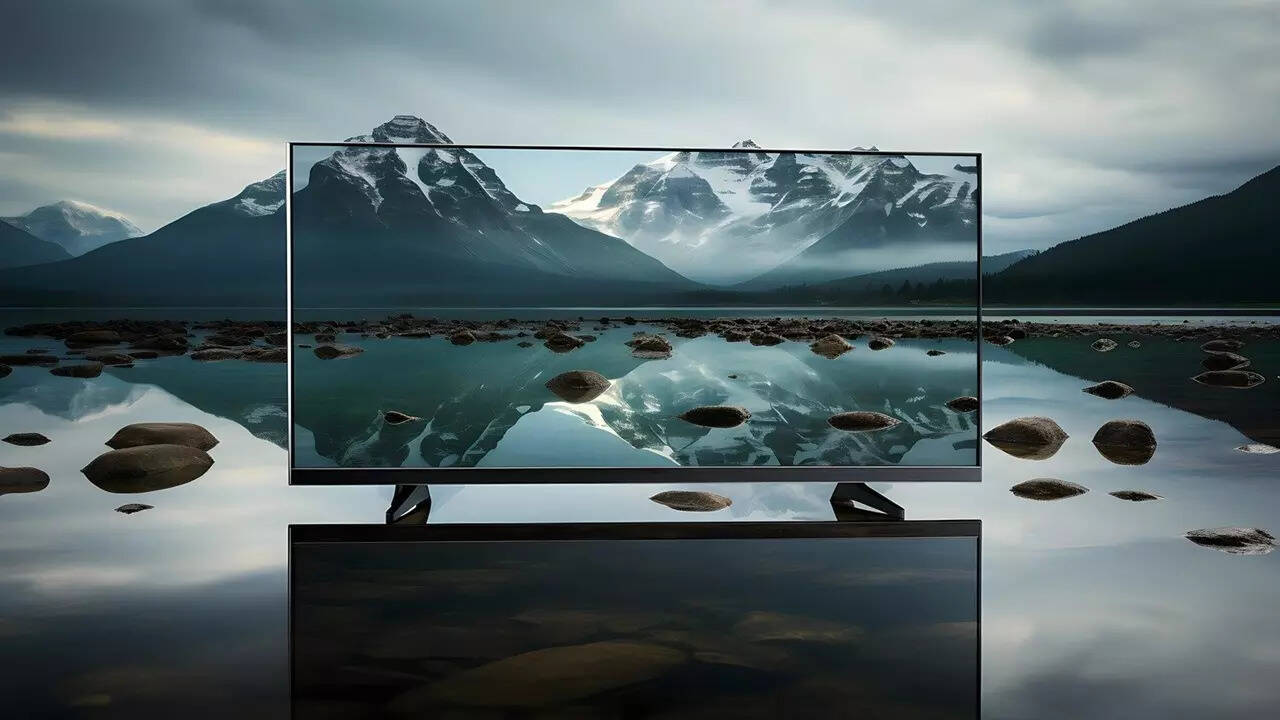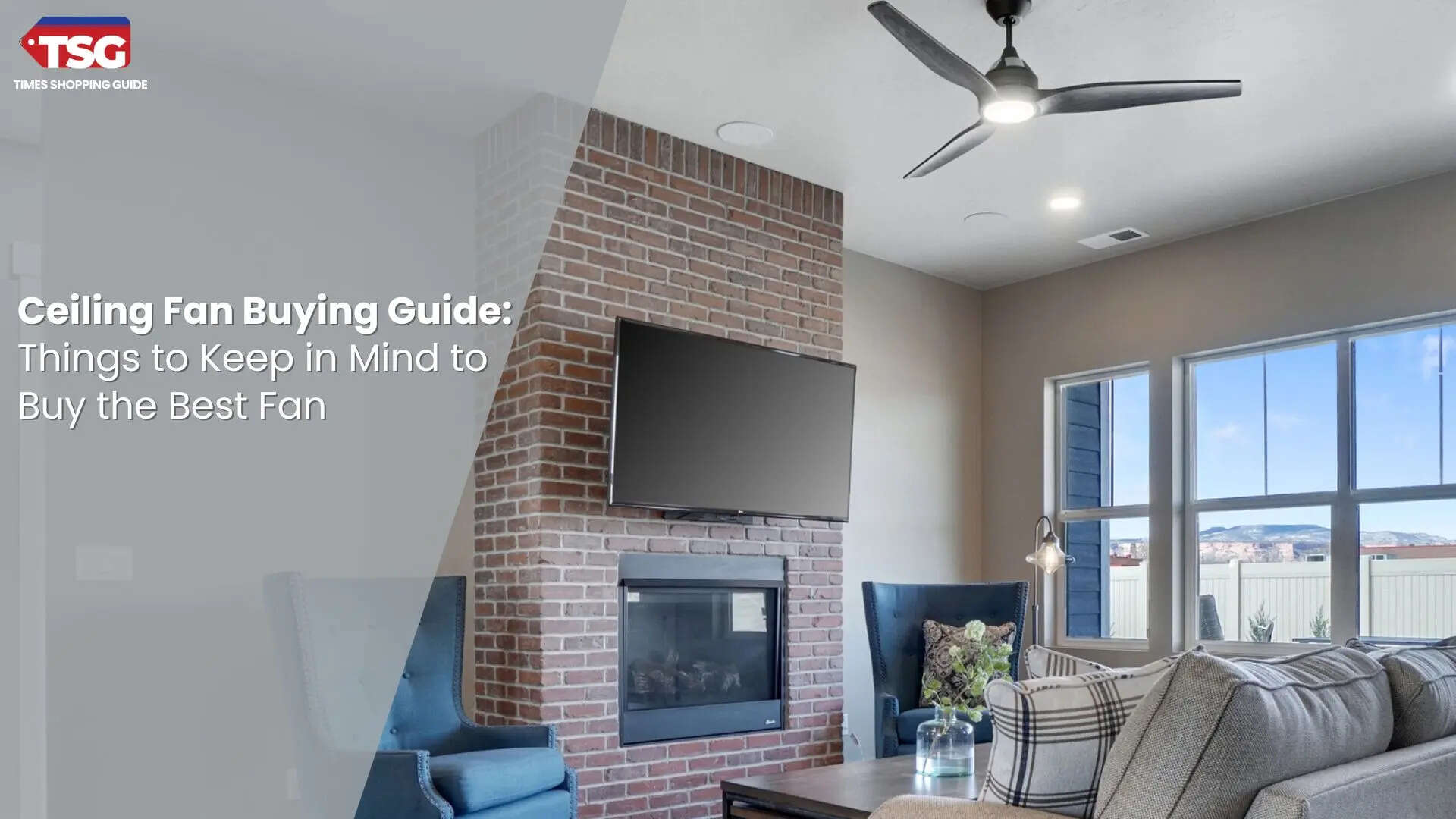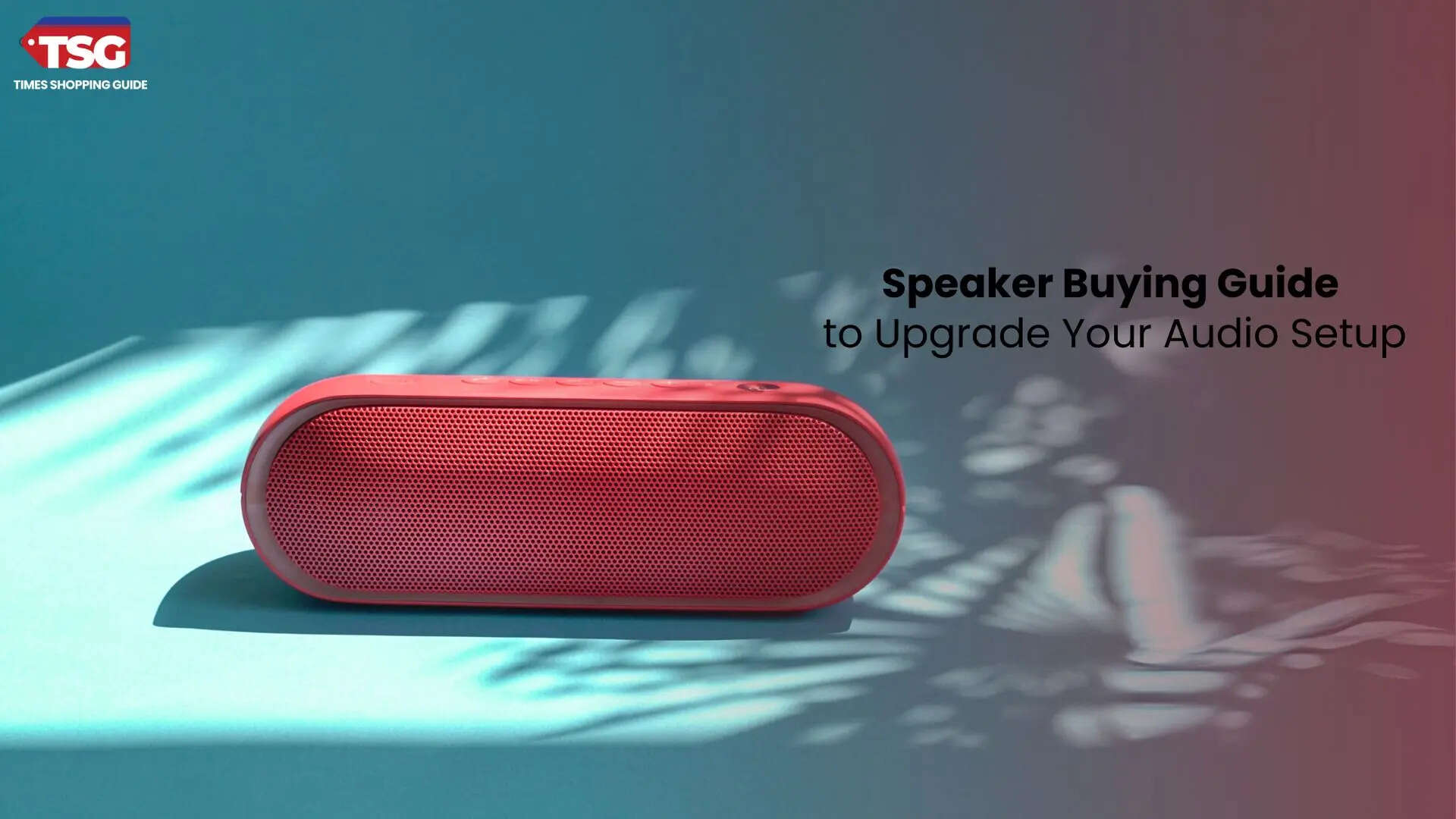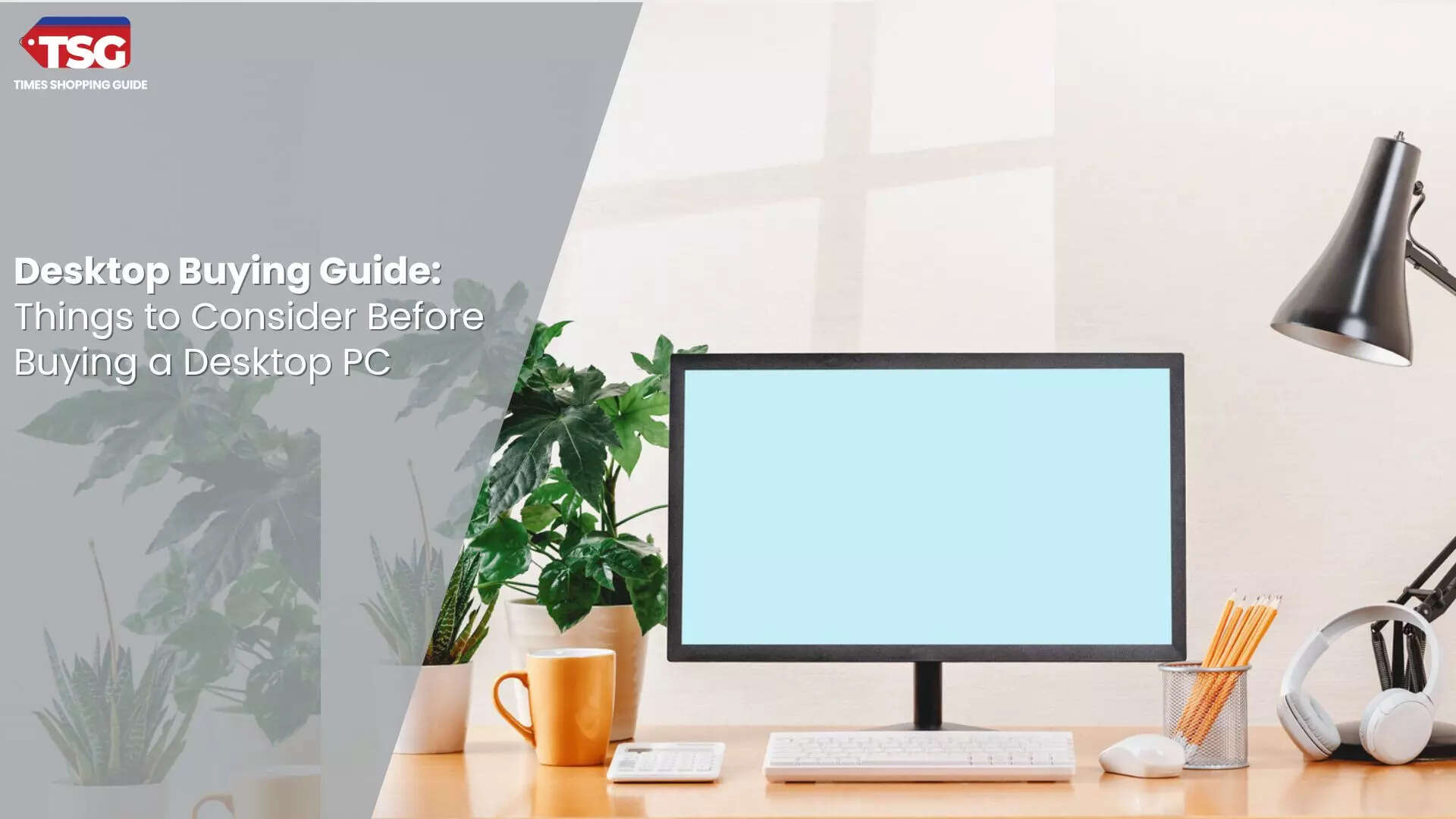- home
- electronics
- buying guides
- buying guide on smart tv things you need to know
Buying Guide on Smart TV: Things You Need to Know
Are you planning to buy a new smart TV and looking for the best guide to invest in worthy one? Then you are in the right place. Here we have listed some of the unavoidable factors to consider while bringing a new TV to your home. Read and get the best TV for your unlimited entertainment.

It covers all essential factors in detail, including screen size, resolution, HDR, refresh rate, connectivity, audio quality, and many more to make your purchase wise.
1. Screen Size and Resolution:
Screen Size: Consider the room size and the distance from which you will see the TV. Standard rules for ideal seeing distance are based on an on-screen estimate. Degree the space where the TV will be set and guarantee it fits comfortably.Resolution: Higher resolution implies more refined pictures. Full HD (1080p) is the standard, but if you can manage it, go for 4K Ultra HD. For bigger screens, particularly 55 inches and over, 4K resolution is prescribed for a more immersive viewing experience.
2. HDR (High Dynamic Range):
HDR improves the TV's differentiation and colour exactness, giving more similar pictures. Search for TVs that support HDR groups like HDR10, Dolby Vision, and HLG. Dolby Vision is known for its prevalent picture quality, but HDR10 is more broadly supported.3. Refresh Rate:
The refresh rate alludes to how numerous times per moment the picture on the screen is revived. Higher refresh rates diminish movement obscure, which is imperative for observing sports and action-packed motion pictures. A refresh rate of 60Hz is the least, but 120Hz is ideal, particularly for gamers and sports devotees.4. Smart Features and Operating System:
Check the TV's savvy features and ease of use. Search for TVs with built-in Wi-Fi and support for well-known streaming administrations like Netflix, Hulu, and Amazon Prime Video. Consider the interface's responsiveness and app accessibility.A few prevalent keen TV OSs include Android TV, LG's webOS, Samsung's Tizen OS, and Roku TV. Each has its claim interface and app biological system, so select one that suits your preferences.
5. Connectivity:
Pay attention to the number and types of ports available on the TV. HDMI ports connect devices like gaming consoles, Blu-ray players, and soundbars. Make sure there are enough HDMI ports for your needs.Other ports to consider include USB ports for connecting external storage devices, audio output ports for connecting to sound systems, and Ethernet ports for a wired internet connection.
6. Audio Quality:
While most TVs have built-in speakers, they often lack the best audio quality. Consider investing in a soundbar or a home theatre system for better sound quality. Look for TVs with audio features like Dolby Atmos that provide an immersive experience.7. Brand Reputation and Reviews:
Research the quality of the TV brands you're considering. Reliable brands often offer superior performance and customer support. Read expert and consumer reviews to learn about the TV's strengths and weaknesses.8. Price and Budget:
Set a budget based on your requirements. Prices can vary widely depending on the size, resolution, features, and brand. Consider the TV's long-term value and whether the additional features are worth the higher price.9. Warranty and After-Sales Support:
Please check the manufacturer's warranty coverage. A longer warranty can provide peace of mind and protection against possible defects. Additionally, consider the availability of after-sales support and service centres in your area.10. Energy Efficiency:
Look for TVs with an Energy Star rating to reduce electricity costs and your environmental footprint. Energy-efficient TVs consume less power, resulting in long-term savings on your energy bills.11. In-Store Evaluation:
If possible, visit a store to view the TV in person before deciding. Compare image quality, interface responsiveness, and overall design. Pay attention to factors such as viewing angles, color accuracy, and motion handling.By examining these factors in detail, you can make an informed decision and choose a smart TV that matches your needs and provides an enjoyable viewing experience.
How to Maintain Your TV?
- Dust regularly
- Keep the area clean
- Avoid liquids
- Proper ventilation
- Avoid extreme temperature
- Power off properly
- Update firmware
- Use a surge protector
- Avoid screen burn-in
- Transport with care
- Read the manual for a better understanding
Conclusion:
Choosing the proper keen TV includes considering different variables, from screen measure and determination to savvy highlights and budget imperatives. By understanding the nuts and bolts, assessing key highlights, and conducting careful inquiries, shoppers can discover a savvy TV that conveys an immersive and pleasant amusement encounter while giving long-term esteem and maintainability. This comprehensive buying direct guide explores the endless scene of smart TVs, enabling customers to form customised choices for their needs and inclinations.
FAQs
1. What to look for when buying a smart TV?
To buy the best smart TV, it is better to look for unavoidable aspects like budget, features, connectivity, energy efficiency, etc. Buying a TV buying guide is also the right choice to discover some of the best choices.2. Which is better LED or UHD?
If you have that budget and want to go upwards, 4k UHD is ideal. If you are looking for something more affordable and affordable, LED TVs with 1080p should be the way to go.3. Which size TV is best for the home?
Choosing a TV size all depends on your space and watching distance. If you have a small area and you're watching distance is 3 to 4 feet, it's good to go with 32 inches to 43-inch TV; if you have a medium-area size, go to choose 50-to-55-inch TV, and for a larger area, 55 to 75-inch best choice.Disclaimer: Times Shopping Guide is committed to bringing you the latest products from the best brands. Our selection is based on market research and positive consumer feedback. Times Shopping Guide is also a part of an affiliate partnership. In line with this, we may receive a portion of the revenue from your purchases. Please note that the product prices are subject to change based on the retailer's deals.








